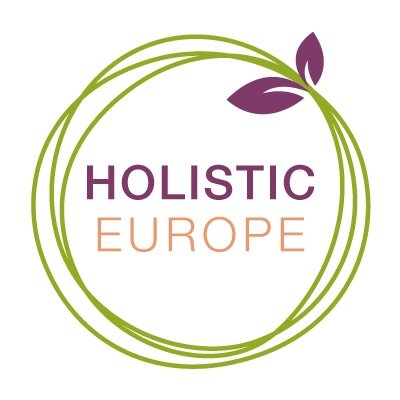Yellow
Rainbow Of Your Life series
Yellow is the brightest colour. It is the colour that we humans can see most clearly. For painters it is one of the primary colours (red, yellow and blue), for scientists it is a secondary colour – primary being red, blue and green.
Plants get their yellow colour from carotenoids. If you read our last article “Red” from the “Rainbow of your life” series, you may say, “Hold on! Carotenoids are responsible for the colour red”. You would be right. They are but the carotenoid group called xanthophylls is responsible for the colour yellow. Its name comes from the Greek word for yellow – Xanthos.
Studies are showing that xanthophylls lutein and zeaxanthin in yellow fruits and vegetables may protect us from a common eye disease called macular degeneration. It is prevalent in people over 50 whose eyesight is blurred or who have reduced central vision due to the thinning of the part of the retina responsible for clear vision and direct line of sight. Now I understand why my mum used to tell me to eat lots of carrots… The yellow/orange colour of carrots is caused by a carotenoid called beta-carotene. Yellow pigments Lutein, Rutin and Zeaxanthin show anti-inflammatory and anti-cancer properties.
It is possible to get potent carotenoids in the form of supplements but there is no better way to get their health benefits than eating them in their natural and perfect forms in fruit and vegetables.
When talking about the colour yellow, many people immediately visualise trees in autumn. Yes, the carotenoids are responsible for that. We just did not see them in spring and summer because they were masked by the green chlorophyll. When the leaves lose chlorophyll during the autumn, the other pigments reveal themselves.
In the animal world the colour yellow, like all the colours, is used to blend in, attract or warn. Crab spiders are fascinating as they can change colour from white to yellow by releasing pigment into their outer layer. White flower, yellow flower – no problem, “I will blend in and catch my pray”.
When we look at symbolism, all around the world, the colour yellow is usually associated with sunshine, happiness and warmth, even divinity. In Hinduism, the colour yellow is associated with the deity. In Buddhism, it has a high symbolic value and it was selected by Buddha as the symbol of his humility and detachment from materialism. Some argue that the colour yellow was preferred by Buddhists as the dye was easy to obtain (saffron).
In Japan, yellow is often associated with courage and bravery but the colour yellow also has negative connotations. In some parts of the world, it represents sickness (think of jaundice), mental illness, jealousy or cowardice.
In psychology, the colour yellow is very useful. Since it is very bright and the human eye processes it first, it is often used for traffic signs, warning signs or rescue vehicles.
You may try to put a yellow shirt on if you are studying for an exam, as the colour yellow is believed to enhance concentration, energy and mental activity. In marketing, it is often used for its associations with creativity, joyfulness, optimism, intelligence and friendliness.
From science point of view, yellow light has a wavelength of 570–590 nanometers. Our peripheral vision is 2.5 times higher for yellow than it is for red because our sensitivity to red-green colour variations declines more steeply toward the periphery than sensitivity to blue-yellow colours. It is probably because our blue-yellow vision has developed much earlier. From all the mammals only the humans and monkeys have got red-green vision which was developed much later. Remember the false story that the bulls react to the redness of the muleta's cloth?
Yellow colour is highly reflective and may be used as a secondary source of light and too much of it may make your eyes tired.
Our perception of colours varies depending on our background, of course. More often than not, the colour yellow is perceived positively.
Why is it then that hardly anyone shouts, “Yellow!”, when you ask them what their favourite colour is? Hard to say. Vincent Van Gogh may have had the answer as he proclaimed, “How lovely yellow is! It stands for the sun.”
If you want to dive a bit deeper and learn how to use colours to your benefit in various aspects of your life (healthy food, work performance, personal appearance, home, outdoor activities), join us at our Rainbow of your life webinar. Check the available dates on our Events page.
Resources
1 https://nutritionj.biomedcentral.com/
The role of the carotenoids, lutein and zeaxanthin, in protecting against age-related macular degeneration
Dry macular degeneration
3 https://biology.appstate.edu/
On the Hidden Colors in Leaves: What are the Functions of Those Yellow and Orange Pigments We See in the Fall?
4 https://lifestyleinspirationsbynancy.com/
Anti-inflammatory Rainbow: Yellow Foods
5 https://www.colormatters.com/
6 https://symbolism.fandom.com/
7 https://www.colorpsychology.org/
9 https://www.sensationalcolor.com/
10 https://jov.arvojournals.org/
Color perception in the intermediate periphery of the visual field
